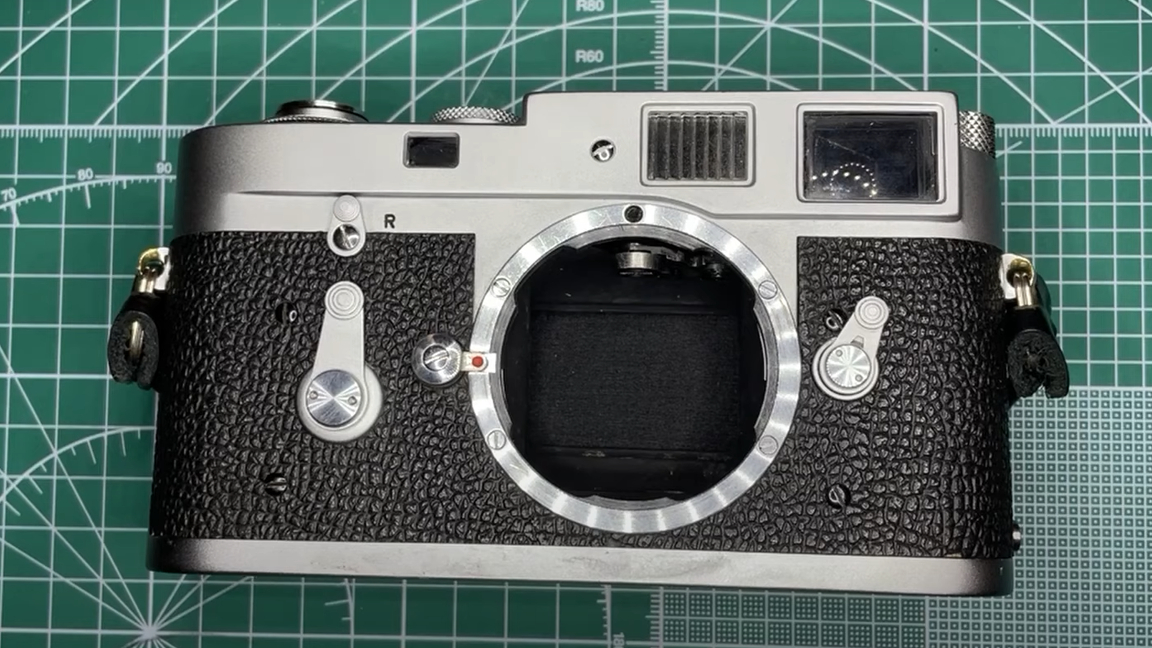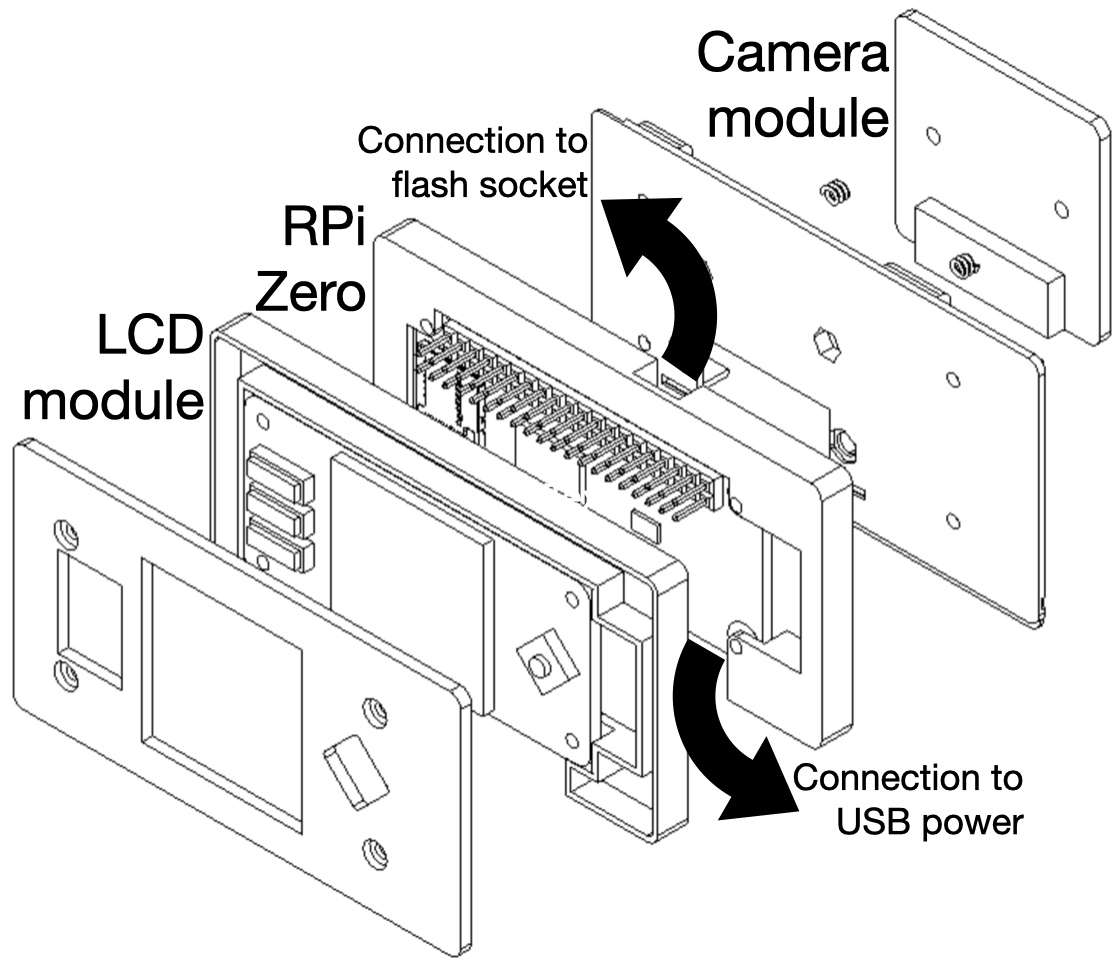
The Raspberry Pi has a history of adding new features to older technology, and the world of photography is no stranger to our favorite SBC. Maker, photographer, musician and full-stack roboticist Michael Suguitan created Leica MPi, which takes a Leica M2 camera and embeds a Raspberry Pi Zero W (a Zero 2 W would also do the job) and Raspberry Pi HQ Camera inside of it.
The build cost less than $100 and is implemented using a stacked series of pieces that fit to the camera. Suguitan is keen to highlight that the build is non-destructive "the digital back swaps in place of the existing film door and pressure plate, enabling reversibility.". The Raspberry Pi Zero W connects to the HQ camera using a CSI cable, and a 1.3 inch Waveshare LCD module provides video output.
To properly mount the Raspberry Pi Zero W inside the camera, a custom 3D-printed enclosure was created. According to Suguitan, this was designed using Fusion 360. Despite introducing new hardware to the camera, he’s managed to preserve some of the original hardware functionality including both the rangefinder system and the mechanical shutter which synchronizes to the electronic shutter used by the Pi. A quick press of the shutter button triggers the GPIO which in turn takes the picture.
The Waveshare screen has three buttons and a four-way directional pad. This input is used to adjust the shutter speed in increments of 1/1000, 1/250, 1/60, and 1/15. It would be hard to use this camera if you needed an outlet, so Suguitan made sure to design it with mobility in mind by using an Anker 511 power bank as its power source. It connects via micro USB and can be recharged with a wall plug.



Suguitan created a robotic framework called Blossom as part of his PhD program. For this project, he used it as a base to create the camera software. You can read more about his Blossom framework over at GitHub. Suguitan described this offshoot as a refined version of his Blossom framework.
If you want to read more about this wonderfully artsy Raspberry Pi project, check out the original project page for the Leica MPi and be sure to follow Michael Suguitan for more cool projects.







